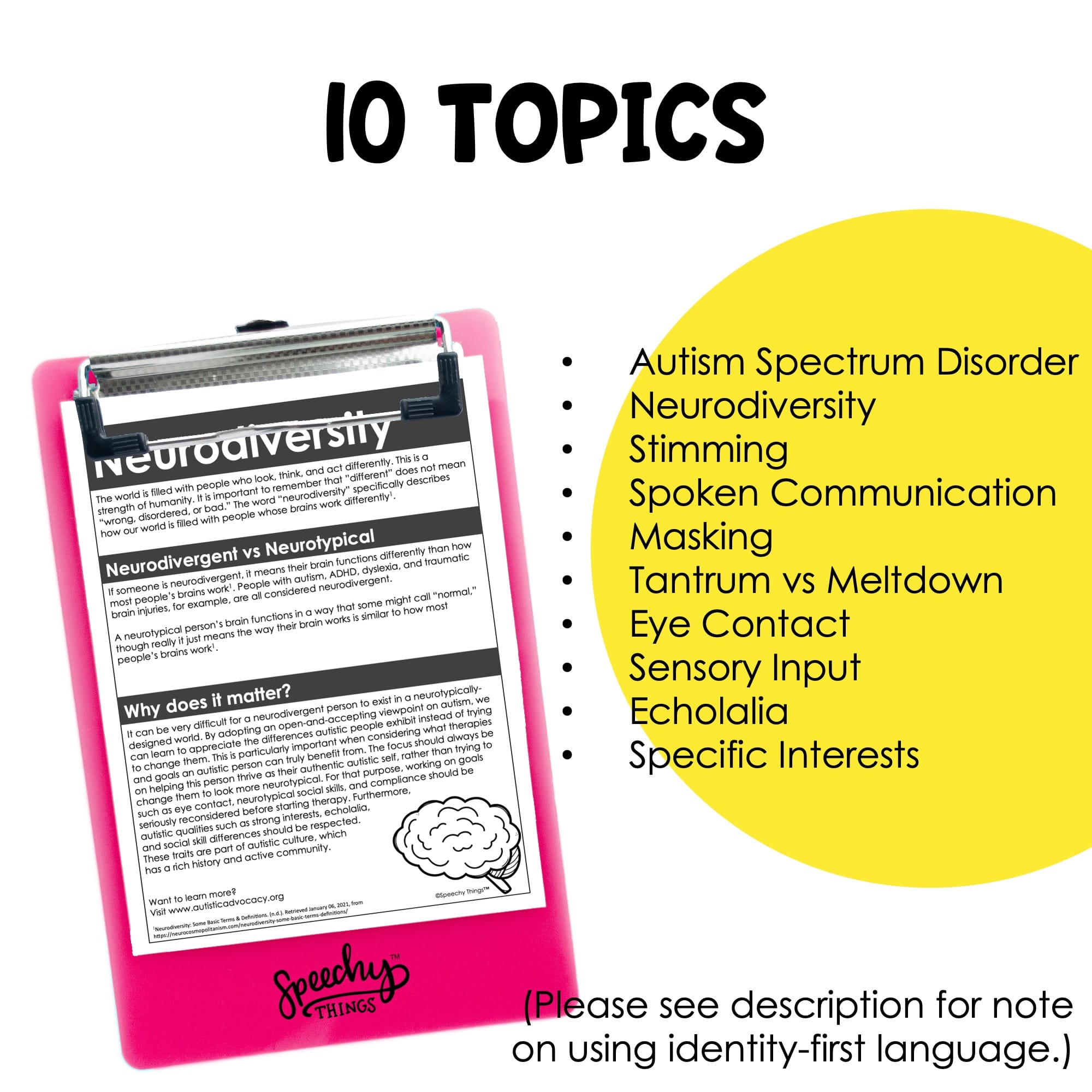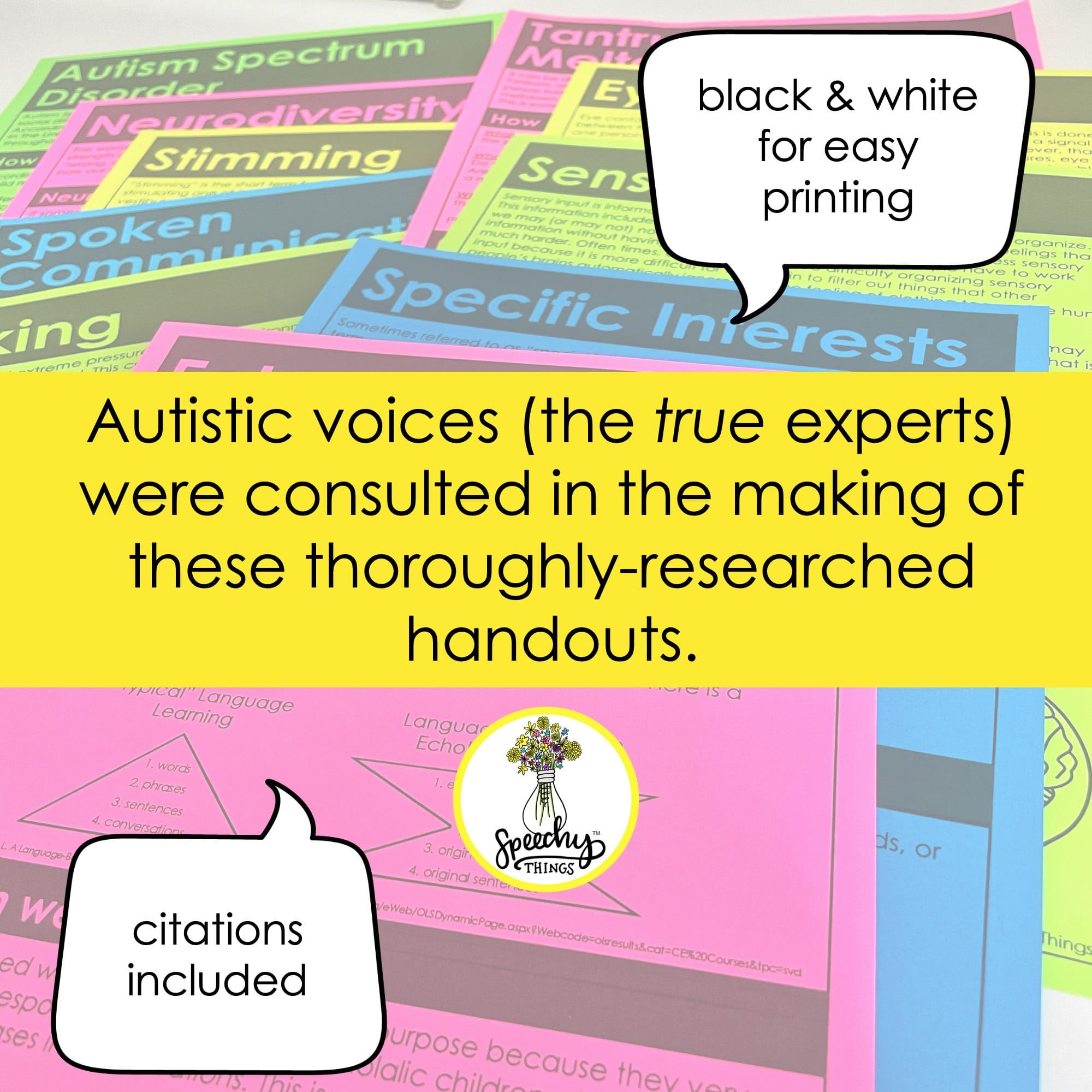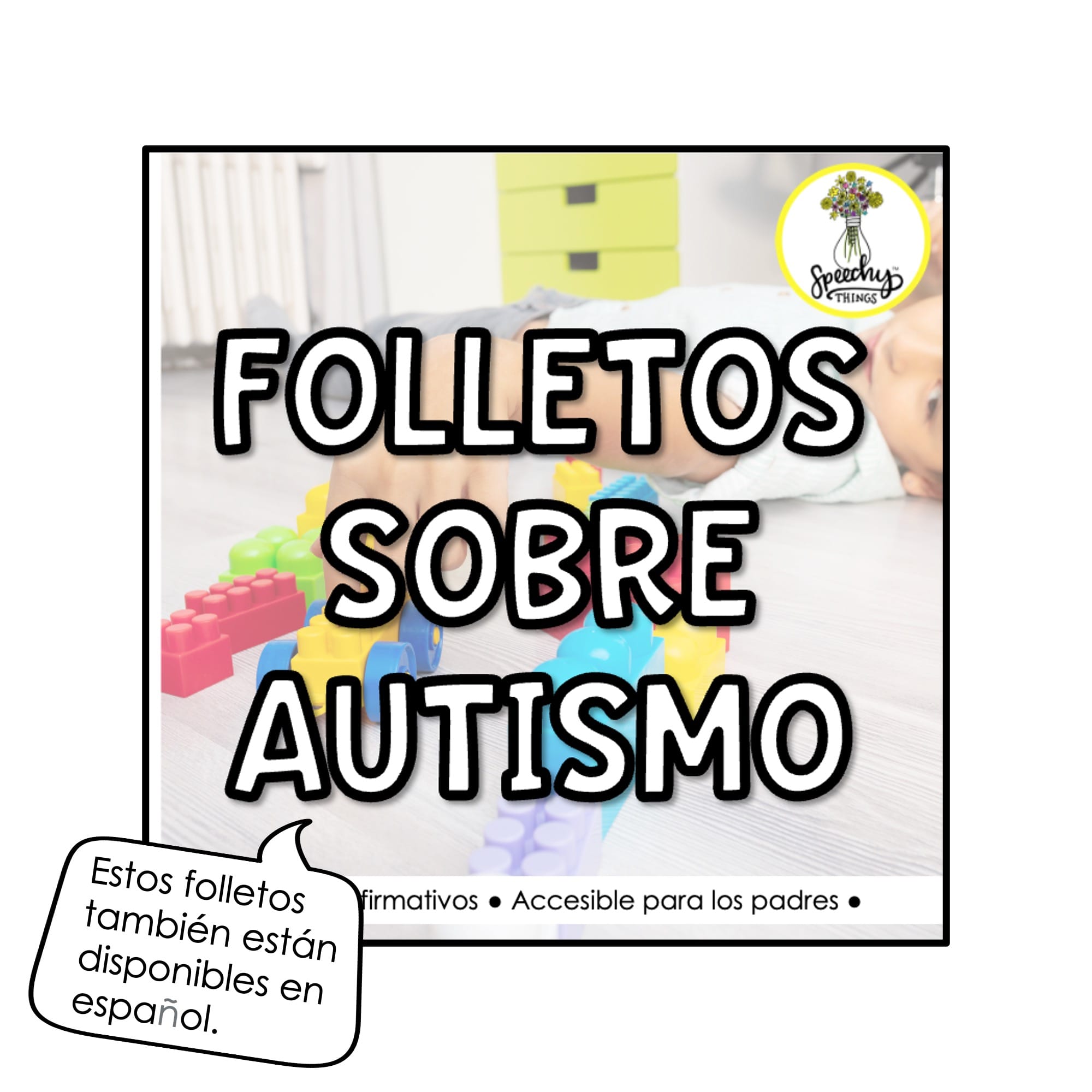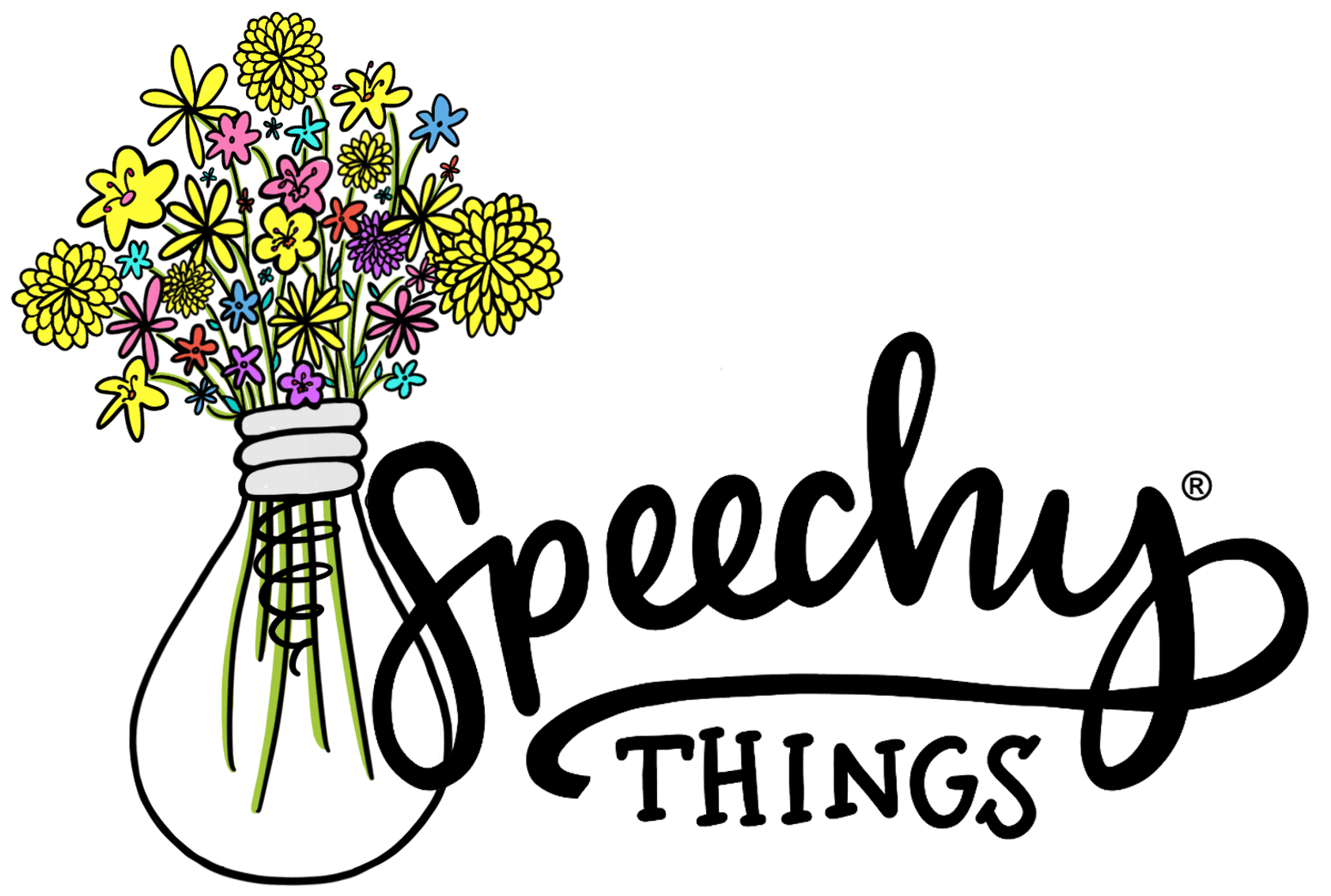Description
Finding reliable information about Autism that isn’t steeped in ableism and negativity can be challenging. That’s why we developed these neurodiversity-affirming handouts. You can now confidently deliver supportive and parent-friendly information to the families in your care.
Now also available in Spanish.
***IDENTITY-FIRST LANGUAGE***
Please note these handouts use identity-first language as opposed to person-first. Please visit this article on the Autistic Self Advocacy Network’s site to learn why.
⇨ WHAT’S INCLUDED ⇦
○ Autism Spectrum Disorder: definition, prevalence
○ Neurodiversity: neurodiverse vs neurotypical, “different” does not equal “wrong”
○ Stimming: examples, functions of stims, importance of allowing stims
○ Spoken Communication: examples of alternative communication modalities, importance of getting AAC for a person who does not use (or does not yet use) spoken communication
○ Masking: explanation of how it can lead to trauma, brief discussion on therapy implications
○ Tantrum v Meltdown: discussion on how to recognize the differences, discussion on how to respond
○ Eye Contact: explanation of how it varies across cultures & can cause discomfort for autistic people, explanation of how it does not equate to attention, the importance of not requiring eye contact from autistic people
○ Sensory Input: types of input, difficulty processing, seeking v avoidance
○ Echolalia: explanation on echolalia as a strength and natural way of learning language, brief discussion on “typical” language vs the language learning of an echolalic child, brief language therapy tips for echolalic child
○ Specific Interests: examples, the importance of not removing specific interests or only giving access as a reward
⇨ HOW TO PREP ⇦
This resource is NO PREP- just print and go!











